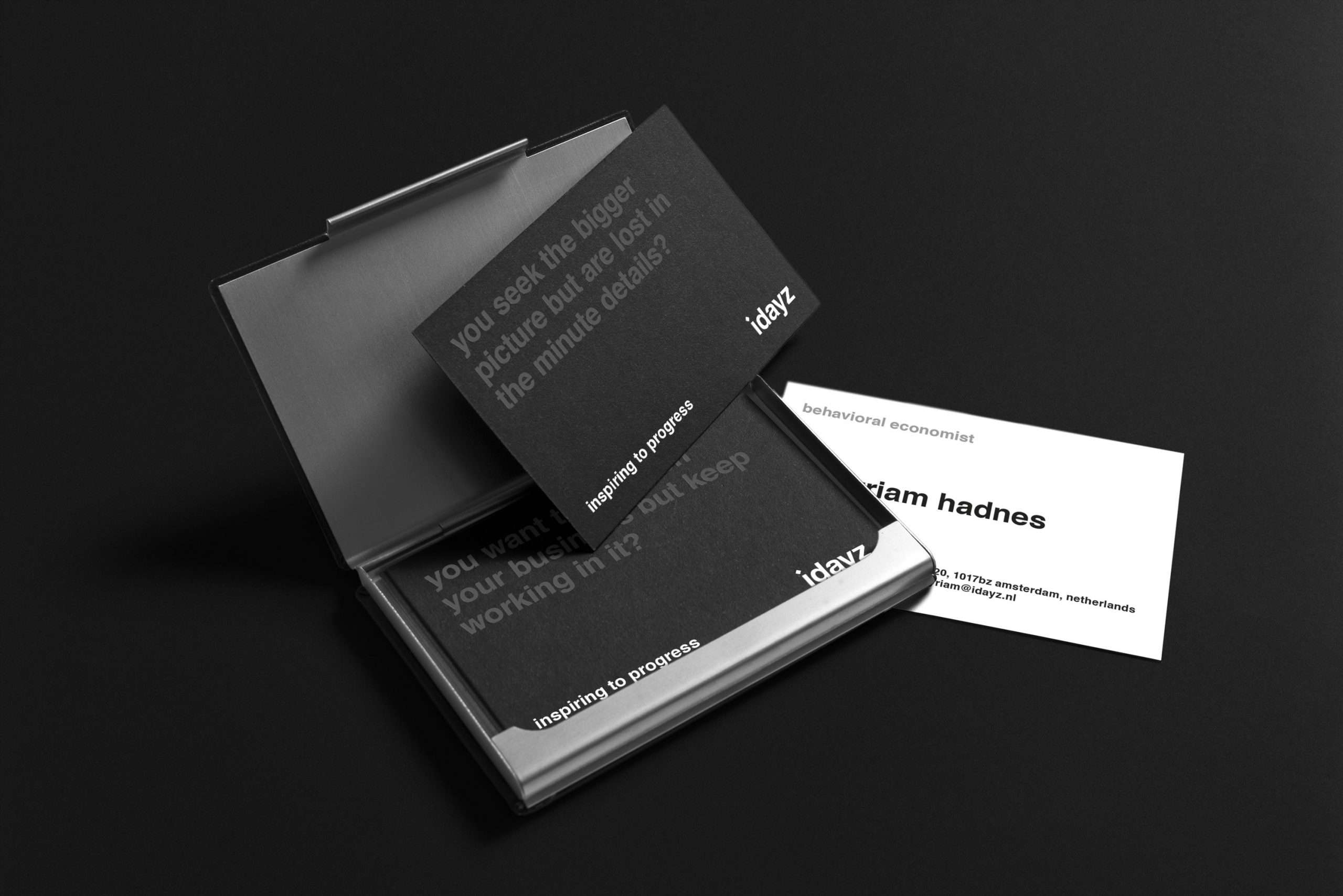May 1, 2018
In Praise of the Business Card
The person who taught me the value of networking without me even knowing the concept was my first boss: a charismatic entrepreneur who happened to be illiterate. In retrospect, I see how his apparent defect helped him to establish a system that converted business cards into a paying business by not sorting them alphabetically but by occasion at which he collected them.
A recent incident reminded me of him and my experience two decades ago, when I forgot to bring my own cards to a conference and ended up typing names into my LinkedIn account. The striking side effect was that for a moment we stopped communicating and thereby disrupted the connection we could have had. Instead, the exchange of a business card could have initiated a conversation and personal connection for reasons that are deeply rooted in our instincts.
In this article, I praise the business card that seems to have lost the competition against social media despite its numerous benefits. Instead of substitutes, why don’t we treat the two as complements, where a business card is a foundation on which the online social media accounts build.

Personal connection
Imagine yourself at a conference, surrounded by individuals with whom you share at least one field of interest. Instinctively, you want to meet as many people as possible, and since your time and attention span are restricted, you turn into a hunter-gatherer of business connections. In fact, smartphones made it too easy to follow this instinct so that we forget about the benefits of slowing down, spending more time with fewer individuals.
The exchange of business cards is an easy way to convert a face-to-face encounter into a quality connection with a potential friend, mentor or business partner. Social scientists have shown how the exchange of physical objects works for relationship building, although the object may have no intrinsic value.
Also in many Asian countries businesspeople celebrate the exchange of their cards as a ritual. They use both hands and show respect by taking a silent moment to study the information. And we could use this moment to think of a meaningful question to find out more about the person behind the card. Don’t we all want to be interesting for whom we are instead of what we do? While our cards show what we do, only we can tell who we are and, a question will reveal stories that are undoubtedly more compelling than anything we could have found on a social media profile.
Follow-up
Too many times, we shift into the hunter-gatherer mode, collect business cards as if they were made from gold and forget that it is in our hands to convert them into value. So, after the first encounter, the business card serves us as a visual clue to follow up. By building on the stories that we heard we can shift the conversation on a professional level and create mutual benefit.
My first boss hired me to type emails to a seemingly random selection of his business contacts. He selected the recipients by going through folders storing hundreds of cards. Despite the vast number of contacts, he was able to come up with relevant content because he had connected with each on a personal level and then organised the cards by occasions at which he received them. That system provided him with three pieces of information: the day of the encounter, a shared interest and potentially shared connections.
Through this system, his emails never consisted of empty words as he could connect to a shared experience, provide updates on a specific field of interest and introduce the person to a potentially new contact. By hiring me, he clearly treated “networking” as an essential part of his business and was still able to convey a genuine interest in each individual due to the personalised content. Consequently, his network supported him without hesitation because his requests would never appear out of context but within the stream of continuous exchange.
Despite the technological progress, his strategy did not become redundant. Through online networks, it is easy to keep in touch and finding missing links we can bridge to provide value. The tricky part though is to plant the seed of a trusting relationship that is worth being followed-up. And, your business card can be the key to achieving this.
The nutshell to take home
Although the business card might look antiquated in comparison to online social networks, it still keeps advantages with which the digital version cannot keep up. If used effectively, a business card can open doors to strong relationships because it prioritises quality ties over the quantity of ties. When we use the moment of exchanging cards to connect on a personal level, we can leverage the benefits of the online social networks to follow-up and convert this first contact into value. Hence, instead of hiding behind your screen, get your business card out and use it as a key to creating a personal connection.
Share on
